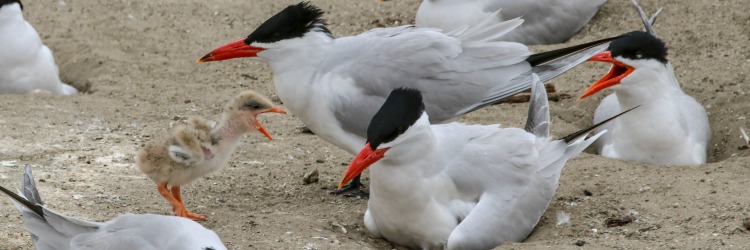Caspian Tern Management to Increase Survival of Juvenile Salmonids in the Columbia Basin
rogress and Adaptive Management Considerations

rogress and Adaptive Management Considerations

Avian Predation on Salmonids in the Columbia Basin: A Synopsis of Ecology and Management